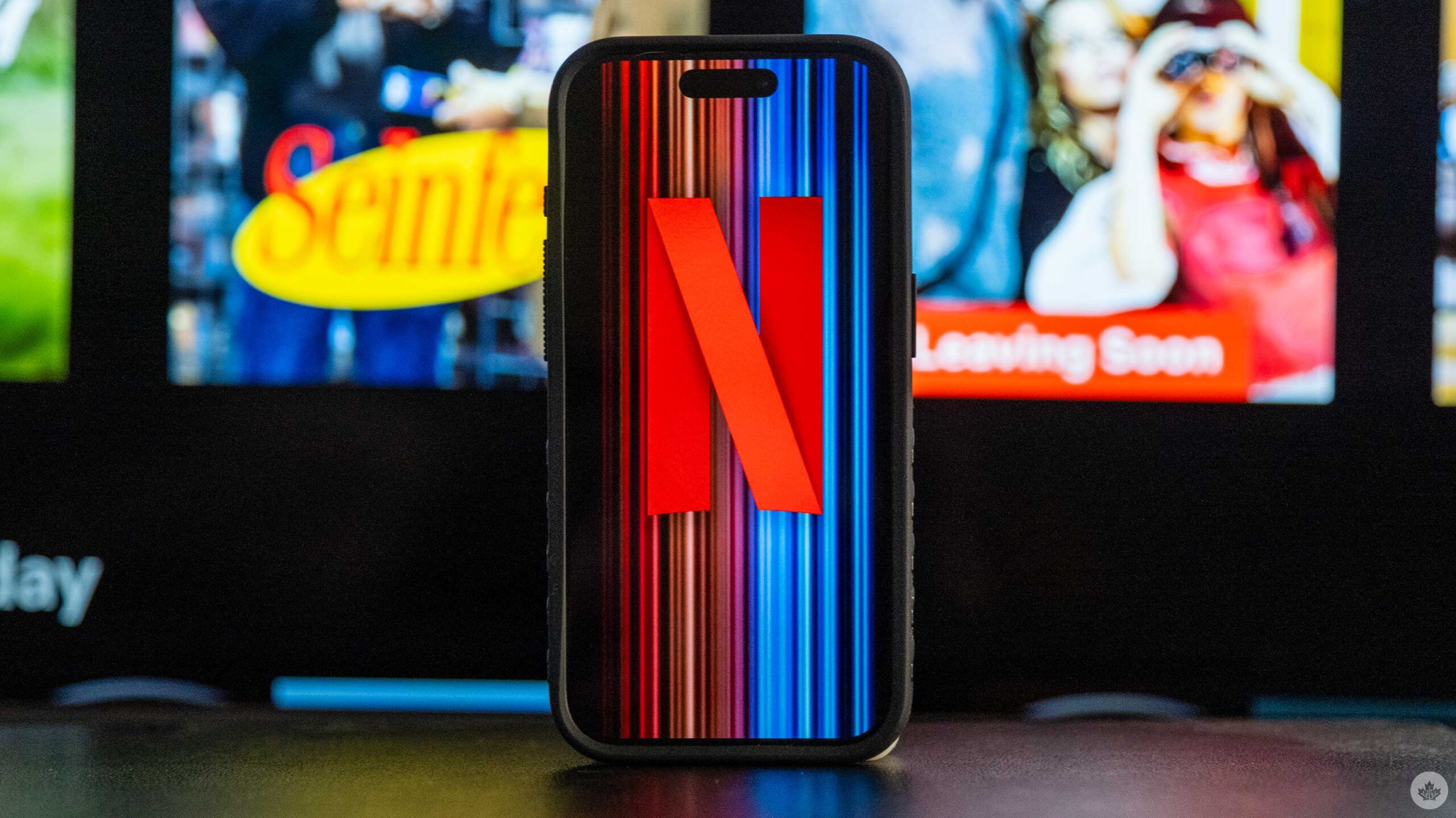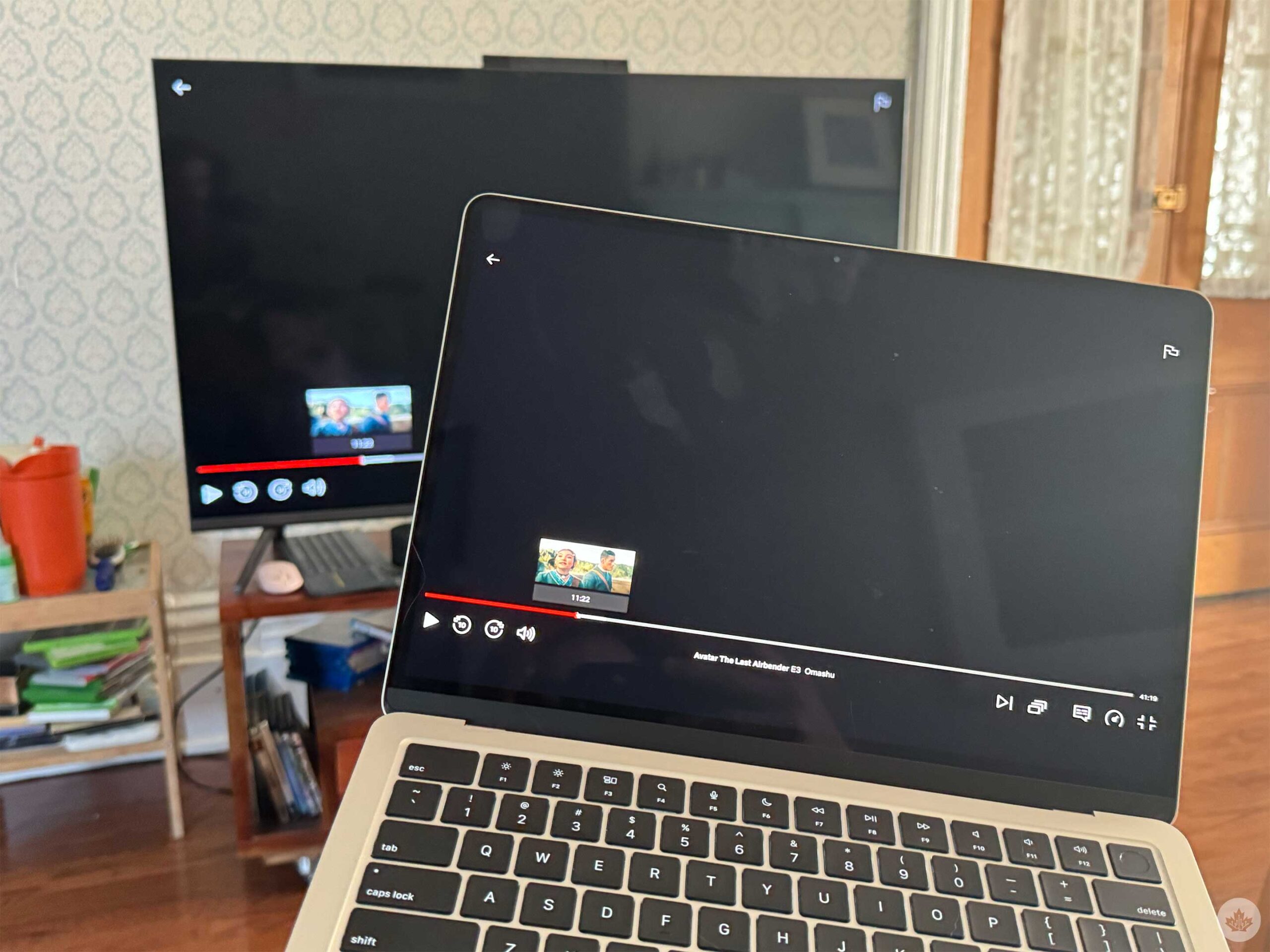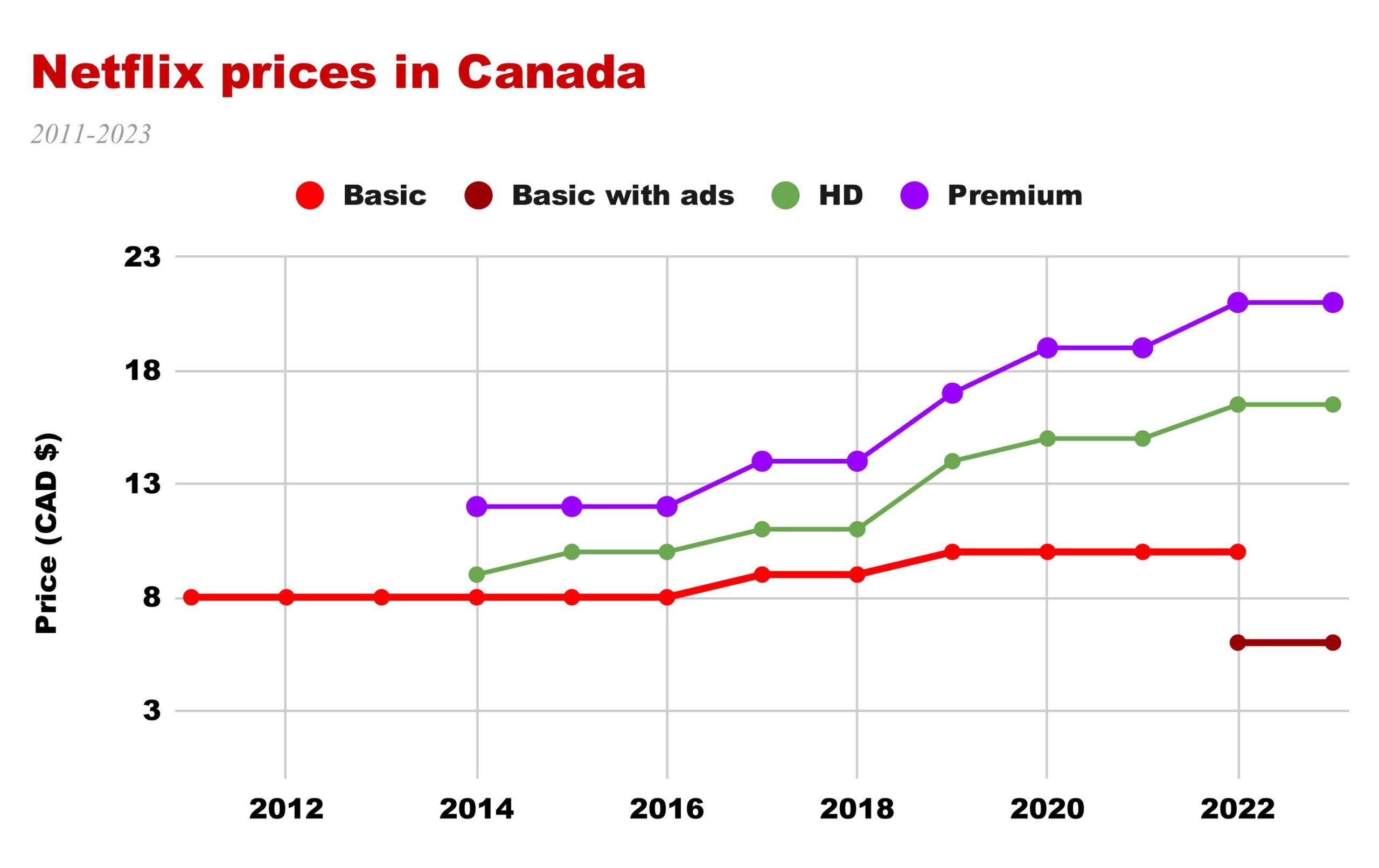
Netflix, a company once built on having better tech than its competitors, has slowly been degrading its service in the name of expanding revenue, while also raising prices.
For example, a few nights ago, I was at my friend’s house because we were going to go see The Boy and the Heron. In the hours leading up to the movie, we thought it would be fun to watch another Studio Ghibli film, and in Canada, they’re all on Netflix. However, my friend’s roommate recently went through a breakup, and the only Netflix signed into his TV was his ex-partner’s account. To avoid potential awkwardness (for him), I had the brilliant idea of just AirPlaying the movie from my MacBook.
I logged on and started to play the movie but after about two minutes (basically just after the opening credit sequence), the screen cut to black. We could still hear audio and see the subtitles, but the picture disappeared.  After a quick Google search, I discovered that Netflix blocked AirPlay on Macs, iPhones and iPads back in 2019. This was back when Apple started rolling out AirPlay 2, and the streaming giant said it cut the feature because it’s unable to verify what TV is streaming the content, and it wants to make sure everyone has a solid Netflix experience.
After a quick Google search, I discovered that Netflix blocked AirPlay on Macs, iPhones and iPads back in 2019. This was back when Apple started rolling out AirPlay 2, and the streaming giant said it cut the feature because it’s unable to verify what TV is streaming the content, and it wants to make sure everyone has a solid Netflix experience.
This doesn’t feel like a very legitimate reason, especially since a majority of TVs that support AirPlay 2 are smart options from LG, Samsung, and Roku, with enough horsepower to stream content. On top of that, when I tried to stream the Ghibli movie, it worked fine until Netflix realized I was using AirPlay and arbitrarily cut my stream.
Instead, we’re left with Google Cast streaming since it works in a different way than AirPlay. When you play something with Google Cast, your phone doesn’t actually cast to your screen. Instead, it sends instructions to the Cast-enabled device to watch what you’ve selected. Think of your smartphone as both the menu and the remote of a streaming setup, but the device connected to your TV is still streaming Netflix from the built-in Netflix app. With AirPlay, your device streams the content directly from your phone or Mac, and it’s more like screen mirroring when you’re not.
What else has Netflix killed?
But alas, AirPlay isn’t the only feature Netflix took away. In my research, I also found a few other things that have gotten worse on Netflix since the service launched. This includes realistic film grain, password sharing, long TV seasons and most home video releases. It’s been a rocky few years.
The film grain is something I noticed this year when watching Maestro and May December. The grain just looked too uniform and kind of digital. One brief Google search later, I discovered that Netflix de-noises its content and then re-applies grain back on the consumer side via the Netflix app to make it easier to stream.
The streaming service claims this saves it approximately 30 percent of the bandwidth compared to a film that’s streamed with natural grain, but at Netflix’s scale and cost, it feels like a cheap trick to take the grain away and replace it with something fake.
Another thing to slowly fade from existence over the last few years is long TV shows — and I mean both long seasons and shows with lots of seasons. Back before streaming, it wouldn’t be uncommon to see shows with even 20 episodes per season, and now we feel lucky if we get 10-12.
Beyond that, before streaming, it wasn’t uncommon for shows to run for a few years, but now it feels like most Netflix TV shows get cancelled after two seasons. This isn’t as random as you might think, either. Now that people who work on TV shows no longer get residuals, Netflix created a deal that allows people working on TV shows for the streamer to get a bonus if their show gets renewed for a third season. Because of this, a lot of shows get cancelled after their second season, so the company can avoid paying out higher wages.
Another thing that Netflix removed the demand for is Blu-Ray releases. While many movies still get released on disc at some point, a lot of Netflix’s original content never does since it incentivizes viewing outside of the Netflix app. For instance, as a fan of the show Bojack Horseman, I once went looking to buy the full series on Blu-ray and was shocked to find out that Netflix only ever sold the first two seasons on disc. Newer shows are even less likely to have disc-based copies available to purchase. In some cases, there are even resellers on eBay making and selling bootleg copies of Netflix shows on disc.
Oh, and let’s not forget password sharing. While Netflix proved that people would come back to the service after the password-sharing crackdown, it still feels like the company could have avoided it and kept the goodwill of the public instead.
Overall, it’s strange to be in a place where Netflix and the other streamers have such a strong grip on the market that they can pull once-free features and push them behind a paywall. Disney+ is also limiting password sharing and Prime Video recently placed ads into its regular tier while also moving Atmos Audio to a higher-priced plan.
With all of these price hikes and feature removals, it’s no wonder increasing numbers of people are returning to less-than-legal ways of watching content.
MobileSyrup may earn a commission from purchases made via our links, which helps fund the journalism we provide free on our website. These links do not influence our editorial content. Support us here.



